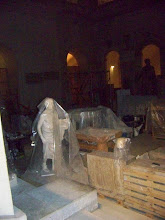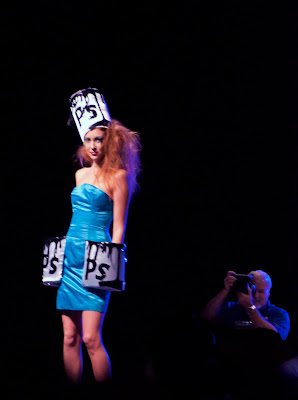
A few weeks ago I was at the Photoshop World Conference in Las Vegas. It was three days of Photoshop and Lightroom workshops, as well as an expo where they displayed lighting, must-have photo software, and other pricey photography equipment.
There were amateur photographers, professionals, and the world’s leading experts on Photoshop, who were the teachers, the workshop leaders, offering such sessions as “The Eyes are Window of the Soul, taught by Fay Sirkis. She showed us how to enhance the eyes in a portrait, like I tried to practice on the model below.

More than a computer program, Photoshop is a matrix, where unlimited reality is created, where anything you can imagine can come to be, if you know how to navigate the controls.
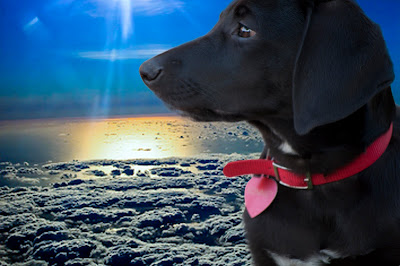
A friend mine told me that the photographer David Smith said Photoshop is way of life.
I can spend hours in Photoshop playing with images, just for fun, just to be creating images.

In Las Vegas I took classes on things like using raw in Photoshop as a smart object, and how you can reenter a raw image over and over, play with the tone and color and all those other things that need to be decided before you make a jpeg.
I wasn’t the only one to not know that you could use raw in Photoshop, because like most users, I played with the image-as-a-whole in raw, adjusted things like white balance, fill light, sharpening, and then I opened it as a psd in Photoshop and played around, the raw possibilities of the image having long been chosen, never to go back again.

But I learned how to use layers of raw in Photoshop, enhancing the blue of the water in this image, without having to enhance the blue in the rest of the image, and without touching a pixel, without changing a thing of the original image.
Am I sounding geeky? I hope not.
I sometimes lament the role I chose as a fiction writer. It doesn’t matter how much money I don’t make, I still have to write fiction.
I’ve been lucky, but it doesn’t matter if the book I’m working on now comes out with a big New York press and is reviewed by The New York Times, I’m still going to write it.

Along with millions of other people who need to write.
There are more excellent fiction writers (and poets) than ever before. More books now than ever before, more independent presses, more self-published books, ebooks, so many writers desperate to get published that they’ll pay for the chance to do so.
Like all the other writers, I don’t care how many books I sell, I write.
Writers write.
I don’t care if ten or a thousand people read this sentence here, this one, now, I’m still gunna write it, and I’m still gunna re-write it, until it sounds just right.
I will release no syntax before its time.
And now, for my hobby, I have chosen the sins and pleasures of my father, my father the photographer, who back in the 1970s kept thousands of dollars of equipment in the trunk of our 1964 Impala, and who shot weddings for extra money, who built a dark room in our garage, who, after he retired from working as an electrician, went to Mexican bars and snapped Polaroids of drunk couples and sold them for five bucks.
I’m into photography, for better or for worse.
And I‘m not alone.
Photoshop world was like another conference I regularly attend, AWP, thousands of creative writers and wanna-be writers and teachers of writing. Here, there were five thousand photographers and graphic designers and those who have made it big in their world.
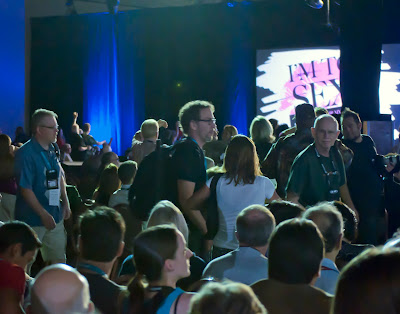
In our world, there are millions, pero millions of photographers, and there are more images in the world than there are people, billions upon billions of images.
Walking to the conference each day, on the pedestrian overpass connecting the MGM and New York, New York, I saw a constant blur of people taking pictures of the strip, of the fountains of Bellagio, the false Towers of Manhattan, and many of them had nice cameras, SLRs with professional level lenses.
It’s not like in the days of Henri Cartier Bresson, one of my favorite photographers, when few people could afford to buy or figure out how to use such instruments as he had, because like using Photoshop today, the darkroom of Bresson's time was always a large part of the creative process.
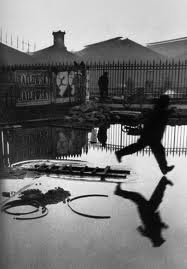
But theses days, almost everyone has a camera that can perform better than Bresson’s best Leica 35, and even the most popular and user friendly photo editing software can crop, play with color, tone, contrast, what would have taken hours and immense know-how in the dark room.
Technology has given us better resolution cameras on our phones, computers, iPads, and we have point-and-shoot cameras and SLRs, and we shoot thousands of images and store them on our hard drives.
There are more images in the world than there are people to look at them.
But it’s an impulse, isn’t it?
This creating imagery, capturing imagery, showing the world what we see?
Can’t help it.
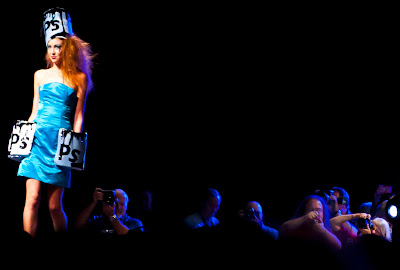
So I went to the Photoshop World Conference, and I was exposed to a lot. I sat among thousands of other photographers and wanna-be photographers who care about their images. These people truly believed they would capture something that mattered. They want to create images, want to show you something that will make you tremble.














































